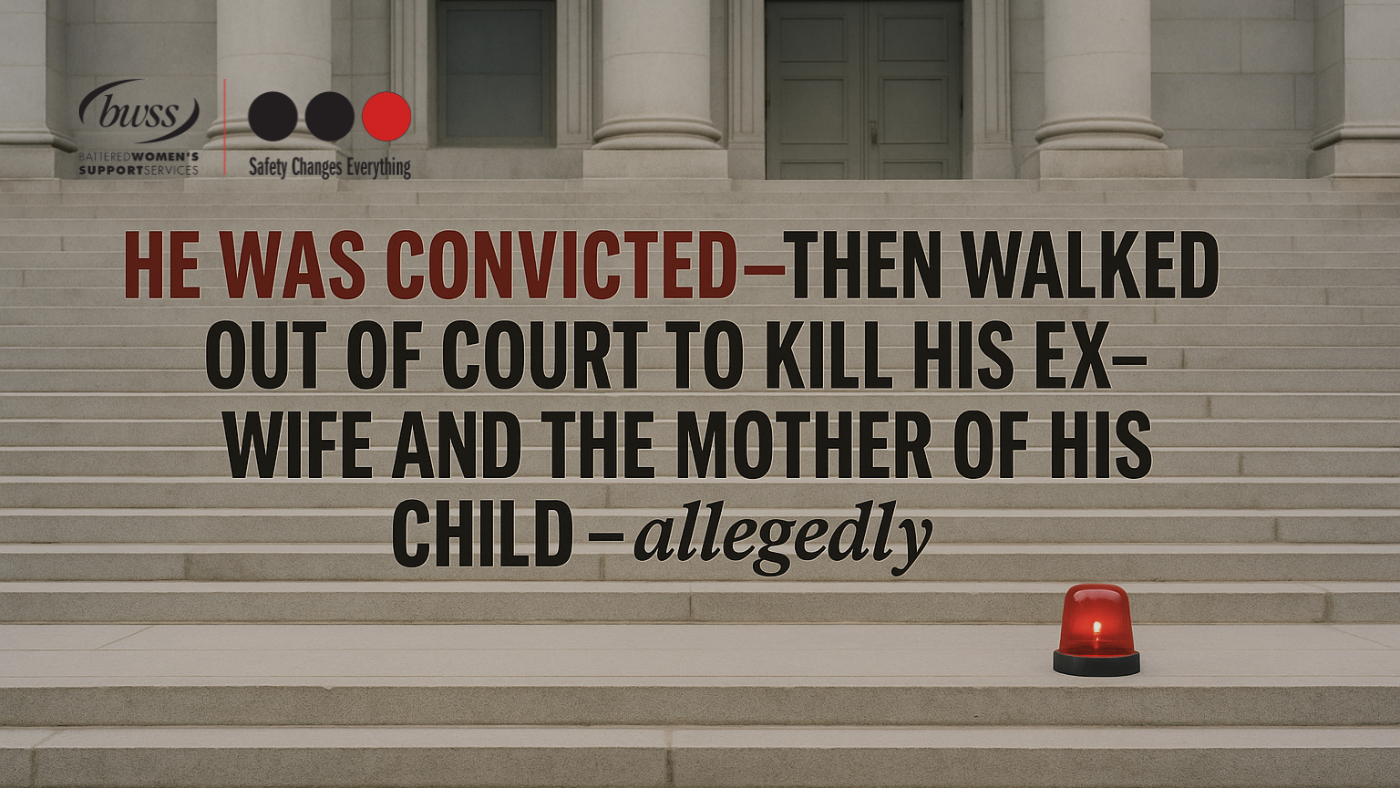
What the murder of Bailey McCourt reveals about a justice system that still doesn’t take women’s lives seriously.
Bailey McCourt did everything she was told to do.
- She reported the abuse.
- She went to court.
- She trusted the process.
And still, the system failed her.
James Plover, the man who murdered Bailey (allegedly), had already been convicted of assaulting her. That assault included choking—one of the most well-established warning signs of lethal intimate partner violence. In any functioning public safety system, that conviction would have triggered immediate and coordinated intervention. In British Columbia, it triggered his release.
Despite the conviction, the charges were stayed. The risk was not reassessed. He walked free.
And days later, Bailey was dead.
This wasn’t a failure of knowledge. It was a failure of will at all levels of the system as outlined in Dr. Kim Stanton’s systemic review of the legal system in BC.
A Missed Chance to Prevent Femicide
Strangulation is not just another form of violence. It is a documented precursor to homicide. Studies show that women who are strangled by their partners are seven times more likely to be killed later. In courtrooms, that data is available. To Crown Counsel, it is familiar. To police and risk assessors, it is supposed to be a red flag.
So why didn’t anyone act?
Because in British Columbia, there is still no standardized lethality risk assessment tool used consistently across criminal and family law. And there is still no accountability in the criminal or family law legal systems.
Because prosecutors are not required to factor femicide risk into decisions about charges or sentencing.
Because there is no provincial fatality review process that tracks what’s being missed—until another woman is killed.
Bailey’s case was treated like a routine assault. Not as part of a dangerous, escalating pattern.
A Structural Collapse, Not a Tragic Anomaly
This is not about one woman and one man. This is about how the entire system continues to deprioritize women’s safety—even when the evidence is right in front of them. The Crown stayed the charges. The court released a convicted abuser. No agency reassessed risk or intervened. That’s not a glitch in the system—it is the system.
And it’s not unique to Bailey McCourt.
She is now one of three women killed in one week in British Columbia in connection to intimate partner violence.
And yet, the silence continues.
No coordinated response. No ministerial action.
Just another passive investigation.
As we’ve said before:
If three women had been killed by a stranger, there would be a public emergency.
So why is it different when it’s their partner?
What Real Safety Looks Like
At Battered Women’s Support Services, we are not waiting.
We are building public safety frameworks that are #DesignedWithSurvivors—because survivors already know what safety requires.
Through our initiative, we are:
- Coordinating with municipalities, public health, real estate, housing, and anti-violence organizations to strengthen local intervention
- Training first responders to recognize patterns, not just incidents
- Building prevention initiatives to roll out this Fall
- Supporting survivors through court systems that too often retraumatize rather than protect
- Advancing a real-time, cross-sector strategy to implement the recommendations from Dr. Kim Stanton’s report
More than 100 organizations and individuals have joined us in building the infrastructure we need—because this work cannot wait for another tragedy.
This Was Preventable and there is no justice in a conviction that leads to a funeral.
There is no safety in a system that looks away when women report, when they testify, when they plead to be believed.
And there is no excuse for inaction when the warning signs are this clear.
Bailey McCourt deserved a system that worked.
She didn’t get it.




